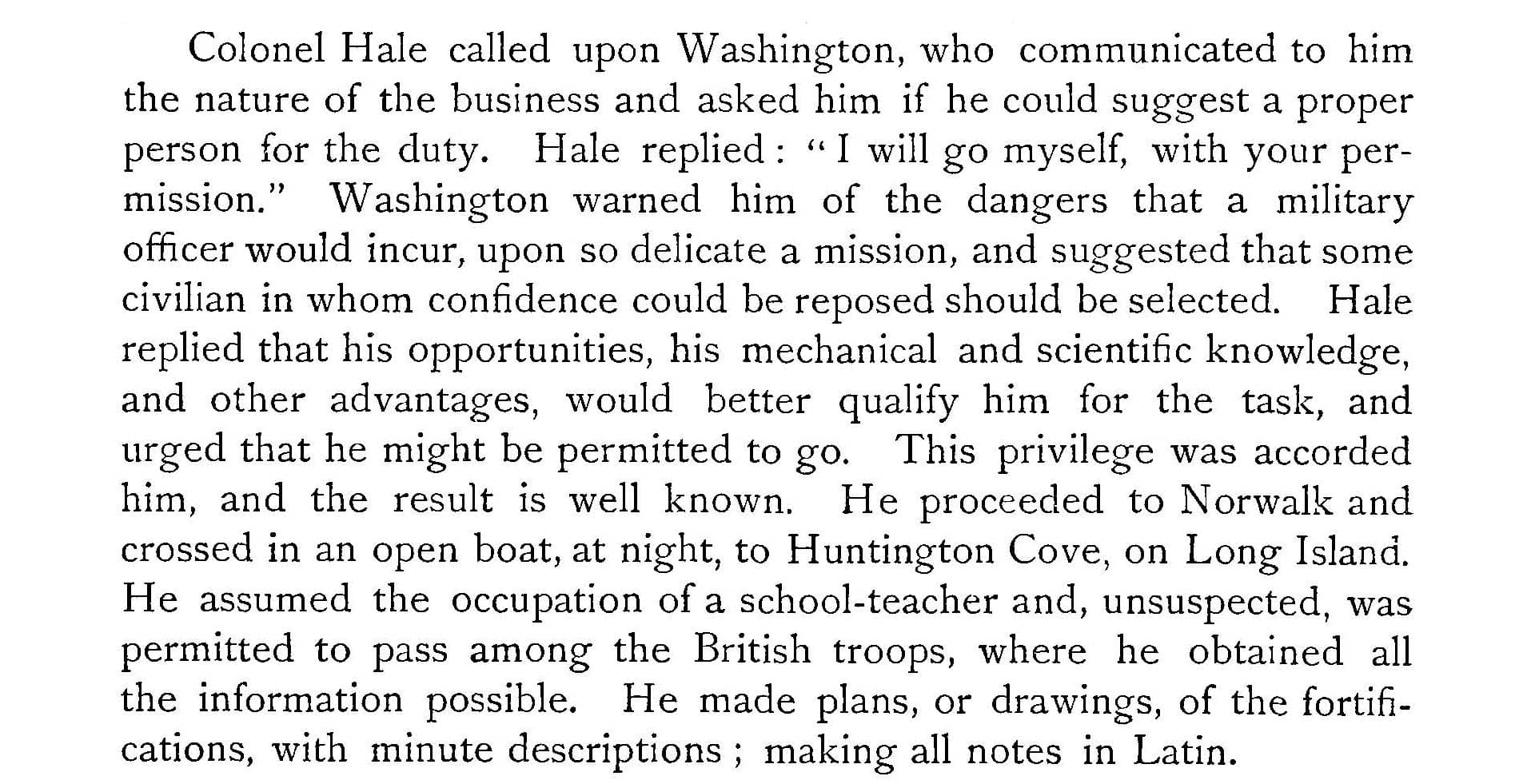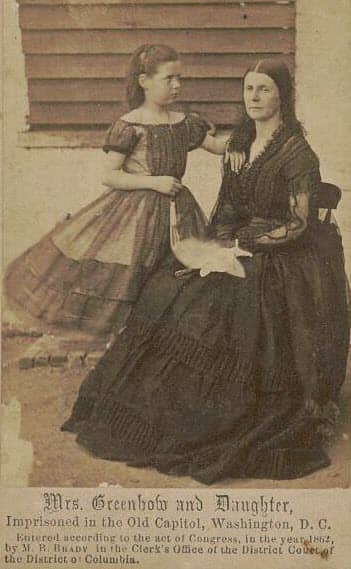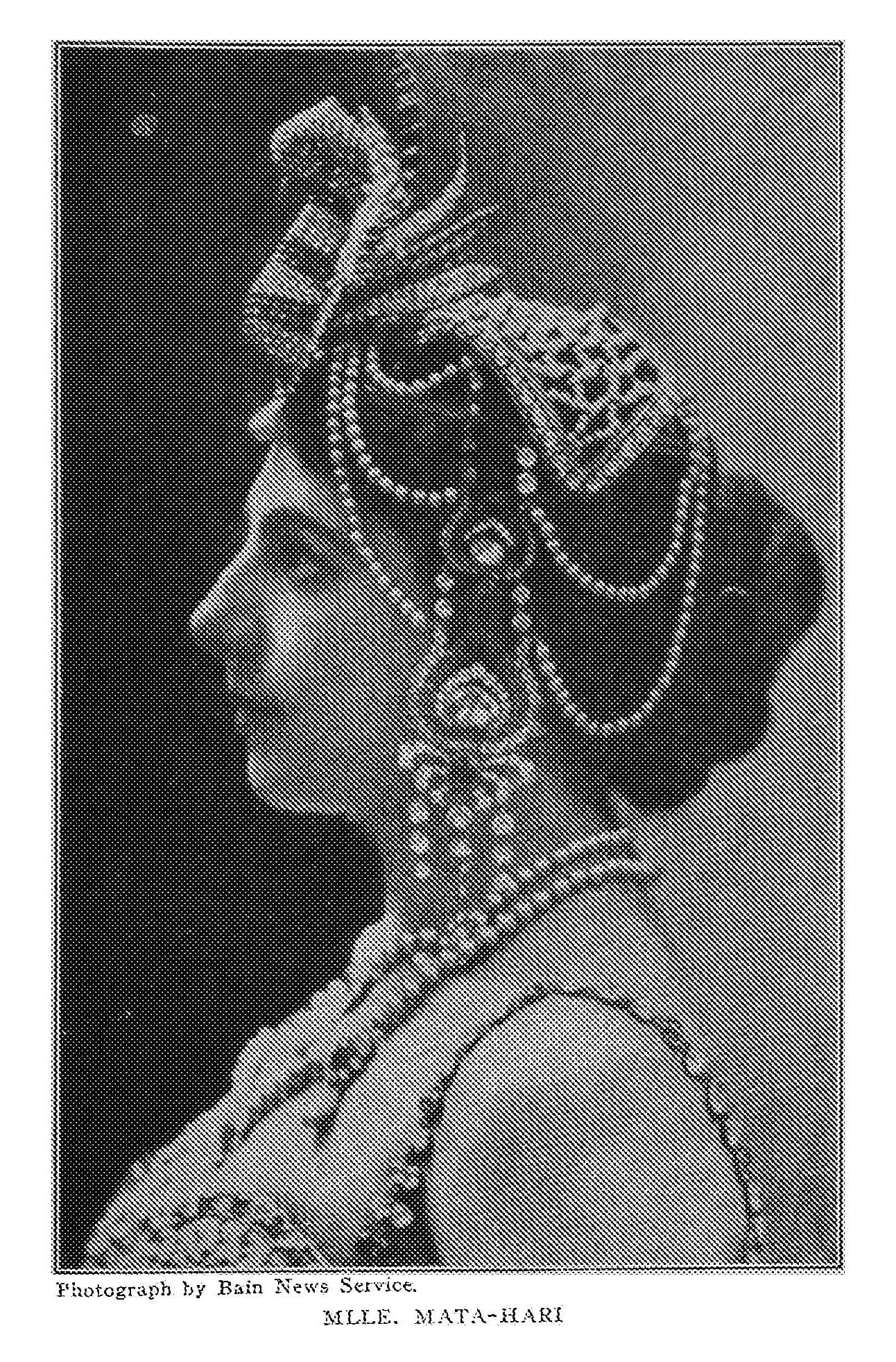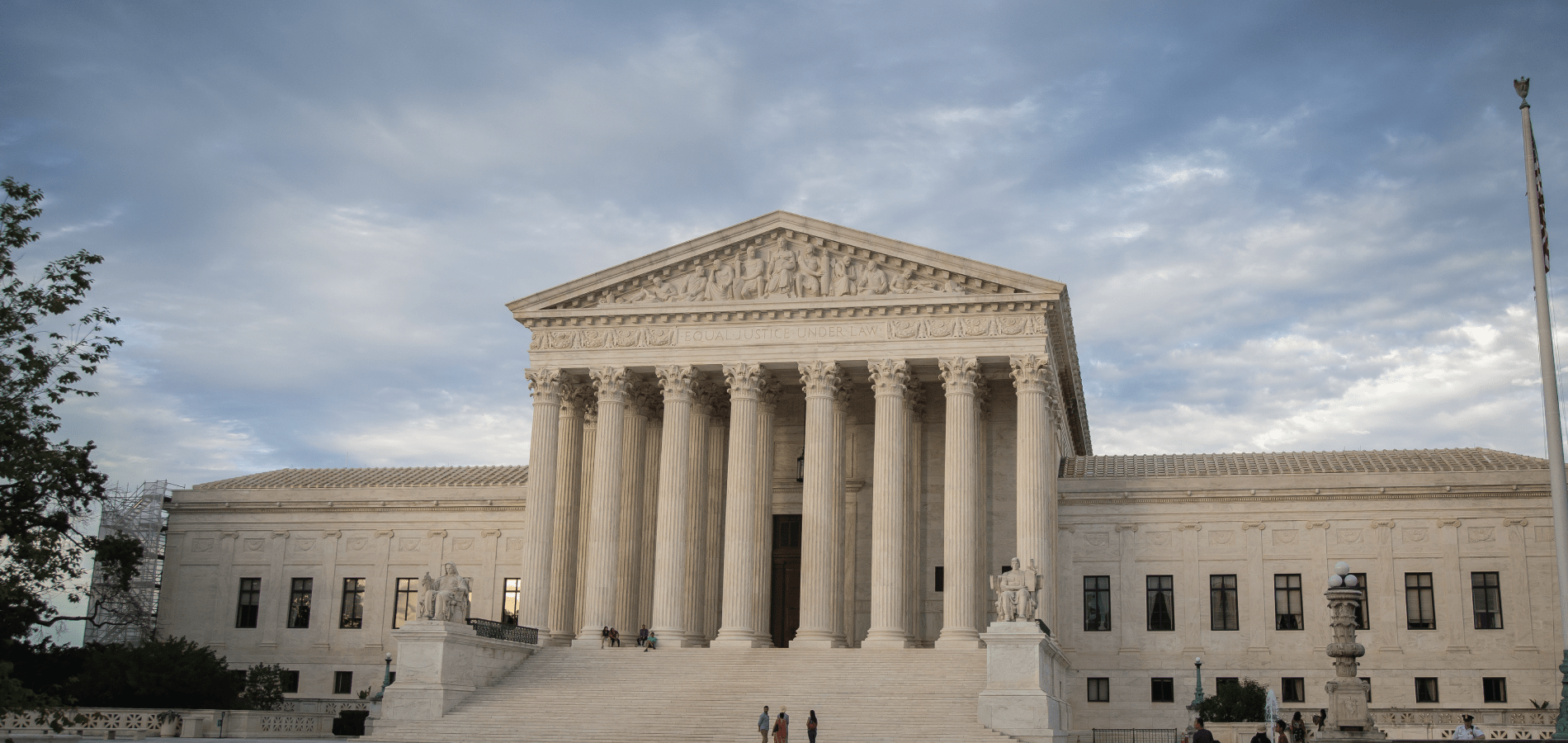Encrypted messages. Clandestine meetings. Stolen information. So many of us are attracted to the dangerous and shadowy world of spies, following the exploits of fictional agents like James Bond, George Smiley, Jack Ryan, and Sterling Archer. But even these most outlandish tales draw their inspiration from real-life counterintelligence operatives. With the help of HeinOnline, let’s decode the lives and careers of five of history’s most famous spies.
1. Sir Francis Walsingham
Sir Francis Walsingham lived in England at a time when one’s religion was a matter of life and death. When Edward VI,[1]Goldwin Smith. United Kingdom: A Political History (1899). This book is found in HeinOnline’s World Constitutions Illustrated. a Protestant, died in 1553, his Catholic half-sister Mary became queen. Mary’s policies attempted to reverse the English Reformation in favor of Catholicism. Under her reign, hundreds of nonconforming Protestants were burned at the stake, earning Mary the nickname “Bloody Mary.”[2]Joseph Lecler. Toleration and the Reformation (1960). This book is found in HeinOnline’s Religion and the Law.
Walsingham, a Protestant, fled England. He returned after Mary died in 1558 and Elizabeth I, a Protestant, became queen. Walsingham was elected to Parliament in 1559 and quickly rose to political prominence in Elizabeth’s government. In 1573, Walsingham was appointed the principal secretary to the Privy Council of England, a position that today is equivalent to Secretary of State. In this position Walsingham exerted sweeping control over the country’s foreign and domestic affairs. Ever fearful of Catholic uprisings, Walsingham cultivated a network of spies[3]Patrick Fraser Tytler. History of Scotland: From the Accession of Alexander III, to the Union (1872). This book is found in HeinOnline’s World Constitutions Illustrated. both abroad and throughout England to track down Catholic conspirators. His men were experts in cryptography, forgery, and breaking letter seals without detection.[4]Patrick Fraser Tytler. History of Scotland: From the Accession of Alexander III, to the Union (1872). This book is found in HeinOnline’s World Constitutions Illustrated. The playwright Christopher Marlowe may have been one of Walsingham’s spies.
Walsingham and his men were constantly on alert for Catholic-backed attempts to assassinate Elizabeth and install her Catholic cousin, Mary, Queen of Scots, on the throne. After Walsingham’s men thwarted the Throckmorton Plot[5]Patrick Fraser Tytler. History of Scotland: From the Accession of Alexander III, to the Union (1872). This book is found in HeinOnline’s World Constitutions Illustrated. in 1583, Mary, who had been under house arrest since 1568, was moved into tighter custody, with Walsingham’s agents among her household staff. Mary was implicated in another plot to assassinate her cousin in 1586. She was convicted after her encoded letters were intercepted by Walsingham’s agent, Thomas Phelippes,[6]Thomas Wright. History of Scotland: From the Earliest Period to the Present Time (1873-1874). This book is found in HeinOnline’s World Constitutions Illustrated. and was executed in 1587.
2. Nathan Hale
Nathan Hale was only 20 years old when the American Revolution began in 1775. He joined the 7th Connecticut Regiment as a first lieutenant. The following year, George Washington tasked Lieutenant Colonel Thomas Knowlton with recruiting a select group of men to serve in a special unit dedicated to field intelligence. The men were recruited from regiments from Connecticut, Rhode Island, and Massachusetts and the new reconnaissance unit was called Knowlton’s Rangers.[7]Forrest Morgan, Editor. Connecticut as a Colony and as a State, Or One of the Original Thirteen. This title is found in HeinOnline’s U.S. State Package. Hale joined the Rangers as a captain.
After Washington’s disastrous defeat at the Battle of Long Island, he was in desperate need of intelligence on the position of British troops. Hale was the sole volunteer for the mission.[8]Hamil Grant. Spies and Secret Service: The Story of Espionage, Its Main Systems and Chief Exponents (1915). This book is found in HeinOnline’s Legal Classics.

Disguised as a schoolteacher,[9]Hamil Grant. Spies and Secret Service: The Story of Espionage, Its Main Systems and Chief Exponents (1915). This book is found in HeinOnline’s Legal Classics. Hale traveled into British-controlled Long Island in September 1776. He successfully collected the needed intelligence, but was captured[10]Forrest Morgan, Editor. Connecticut as a Colony and as a State, Or One of the Original Thirteen. This title is found in HeinOnline’s U.S. State Package. while returning to American lines. Hale was hanged as a spy by the British on September 22, 1776.[11]Forrest Morgan, Editor. Connecticut as a Colony and as a State, Or One of the Original Thirteen. This title is found in HeinOnline’s U.S. State Package. His last words reportedly were, “I only regret that I have but one life to give to my country.”[12]Hamil Grant. Spies and Secret Service: The Story of Espionage, Its Main Systems and Chief Exponents (1915). This book is found in HeinOnline’s Legal Classics.
3. Rose O’Neal Greenhow
Spies played a crucial role in both sides of the American Civil War, and women acted as some of the war’s most notorious agents. Rose O’Neal Greenhow was one of these spies. Before the war, she was a Washington, D.C. socialite whose husband worked for the State Department. The Greenhows entertained the Capitol’s political who’s-who, including Senator John C. Calhoun[13]Edgar Sanderson. World’s History and Its Makers (1902). This book is found in HeinOnline’s World Constitutions Illustrated. and Former First Lady Dolley Madison.[14]Edith P. Mayo, Dolley Madison: Creating a Stage for the Presidency, 8 J. FED. CIR. HIST. SOC’y 121 (2014). This article is found in HeinOnline’s Law Journal Library. Widowed in 1854, Rose and her four daughters remained in D.C., where she continued to move amongst the pre-war elites; President James Buchanan often dined at her home.[15]Edward Boykin. Congress and the Civil War (1955). This book is found in HeinOnline’s U.S. Congressional Documents.
Greenhow was a Confederate sympathizer, but her parlor remained a fashionable haunt for Union army officers. Allan Pinkerton, founder of the legendary Pinkerton Detective Agency, described Greenhow as possessing “almost irresistible seductive powers”[16]Edward Boykin. Congress and the Civil War (1955). This book is found in HeinOnline’s U.S. Congressional Documents. and “an almost superhuman power.”[17]Edward Boykin. Congress and the Civil War (1955). This book is found in HeinOnline’s U.S. Congressional Documents. She used these powers to charm confidential military secrets out of the gentlemen she entertained. Her greatest intelligence coup came when she successfully learned of the Union army’s advance on Manassas, Virginia and alerted Confederate General Beauregard[18]Francis Trevelyan; Lanier, Robert S., Editors Miller. Photographic History of the Civil War in Ten Volumes (1911). This book is found in HeinOnline’s Military and Government. in time to counter their troop movements, which would prove to be a decisive advantage in the war’s first battle. We explored the Battle of First Manassas in-depth in its own post on the HeinOnline Blog.
Greenhow’s outspoken Confederate sympathies and her wide social circle attracted Allan Pinkerton’s suspicion, and he put her house under surveillance. She was arrested and placed under house arrest[19]Allan Pinkerton. Spy of the Rebellion: Being a True History of the Spy System of the United States Army during the Late Rebellion, Revealing Many Secrets of the War Hitherto Not Made Public (1885). This book is found in HeinOnline’s Military … Continue reading in August 1861; when Pinkerton and his agents searched her home, they found letters purportedly from U.S. Senator Henry Wilson,[20]Edward Boykin. Congress and the Civil War (1955). This book is found in HeinOnline’s U.S. Congressional Documents. her prize source of information. At the beginning of 1862, Greenhow and her eight-year-old daughter were moved to the Old Capitol Prison, where they were held without trial until May, when they were released into Confederate custody.
After her release, Greenhow carried messages from Confederate President Jefferson Davis through the Union blockade to contacts in Europe. She published her memoir in London in 1863. In 1864, Greenhow prepared to make her return to the Confederacy. Sewn into her dress was a large quantity of gold.[21]Allan Pinkerton. Spy of the Rebellion: Being a True History of the Spy System of the United States Army during the Late Rebellion, Revealing Many Secrets of the War Hitherto Not Made Public (1885). This book is found in HeinOnline’s … Continue reading But her ship ran aground in the Cape Fear River while being pursued by a Union gunboat. Greenhow attempted to escape in a rowboat, which capsized in the tumultuous water, and she drowned, weighed down by the gold in her dress.

4. Mata Hari
Margaretha Geertrudia Zelle[22]Cristian Gazdac, Tiberius Claudius Maximus, the Captor of the Dacian King Decebalus – The Most Decorated Roman Intelligence Officer, 25 ROMANIAN INTEL. STUD. REV. 144 (2021). This article is found in HeinOnline’s … Continue reading is best remembered by her stage name, Mata Hari. Born in the Netherlands in 1876, she left her homeland for Indonesia to answer a Dutch army captain’s personal ad for a wife. Margaretha’s marriage was not a happy one. She and her husband eventually moved back to the Netherlands and divorced in 1906. Needing to support herself, Margaretha moved to Paris, where she worked as an artist’s model and an exotic dancer under the stage name Mata Hari.
As Mata Hari, Margaretha enjoyed great success,[23]George Barton. Celebrated Spies and Famous Mysteries of the Great War (1919). This book is found in HeinOnline’s World Trials. even performing for Crown Prince Wilhelm, the eldest son of Kaiser Wilhelm II. But by the dawn of World War I in 1914, her popularity had begun to wane.
The exact circumstances under which she began her espionage career are disputed. One theory suggests she accepted a lucrative offer to spy for France to support her lover, Russian Captain Vadim Maslov, after he was wounded in action on the Western Front.

Regardless, throughout the war she traveled freely around Europe[24]George Barton. Celebrated Spies and Famous Mysteries of the Great War (1919). This book is found in HeinOnline’s World Trials. between France, England, Spain, and Holland. In 1917, she was named in German messages intercepted by the French as a double agent, and she was arrested by French authorities in February. Mata Hari was convicted on largely circumstantial evidence[25]George Barton. Celebrated Spies and Famous Mysteries of the Great War (1919). This book is found in HeinOnline’s World Trials. of being a German double agent. She was executed by firing squad on October 15, 1917. Although history remembers Mata Hari as a provocateur and double agent, doubts about the exact extent of her espionage activities persist—and if she was even a spy at all.
5. Aldrich Ames
Aldrich Ames was one of the most successful double agents for the Soviet Union and Russia. The son of a CIA analyst, Ames spent his summers in high school filing classified documents for the agency. He joined the CIA full time in 1962 and bounced around between departments. He served as the Chief of the Soviet Counterintelligence Branch from 1985 to 1986. Around this time, CIA officials realized they had a mole:[26]Report of investigation : the Aldrich Ames espionage case. This document is found in HeinOnline’s U.S. Congressional Documents. Soviet sources were compromised, suddenly relocated out of the country, and even executed. Internal investigations into the potential mole, however, fell to a “low ebb.“[27]Report of investigation : the Aldrich Ames espionage case. This document is found in HeinOnline’s U.S. Congressional Documents. Unknown to them, the mole was Ames.

Meanwhile, Ames picked up an extravagant spending habit[28]Report of investigation : the Aldrich Ames espionage case. This document is found in HeinOnline’s U.S. Congressional Documents. that was out of pace with his modest CIA salary. His new lavish lifestyle was brought to the attention of CIA investigators in 1989, but Ames’ new cashflow wasn’t seriously investigated. Despite multiple reports[29]Report of investigation : the Aldrich Ames espionage case. This document is found in HeinOnline’s U.S. Congressional Documents. of drinking on the job, sleeping at his desk, and being a generally lackluster agent, Ames had access to the CIA’s worldwide Soviet operations[30]Report of investigation : the Aldrich Ames espionage case. This document is found in HeinOnline’s U.S. Congressional Documents. and other sensitive information, and even ran a small KBG Working Group in 1991. Ames was polygraphed in 1986 and 1991 and passed both tests, despite being an active double agent.
Ames’ suspiciously lavish lifestyle finally prompted the FBI to open an investigation in 1993.[31]Report of investigation : the Aldrich Ames espionage case. This document is found in HeinOnline’s U.S. Congressional Documents. Ames and his wife were arrested on February 21, 1994 on charges of espionage. Ames pled guilty and is currently serving a life sentence; his wife pled guilty to lesser charges, served five years, and has since been released. Ames has stated that he was motivated to spy for the Soviet Union as a means out of severe financial hardship.[32]Report of investigation : the Aldrich Ames espionage case. This document is found in HeinOnline’s U.S. Congressional Documents.
Getting the Intel You Need with HeinOnline
Here at HeinOnline, we want your research experience to be easy breezy, not nearly as complicated as stealing state secrets. We arm all our researchers with fancy gadgets that would make Q branch envious. Are you taking advantage of all the tools we offer? We recommend everyone avail themselves of the following:
- PathFinder — our custom taxonomy that makes finding the right article on the right topic a cinch
- MyHein — a powerful personal bookmarking tool that’s a must-have for serious researchers
- More Like This — easily find similar articles that share the same interesting keywords
- LibGuides — tailored guides to help you master every HeinOnline collection
And, of course, make sure you are subscribed to the HeinOnline Blog to keep up to date on the latest tools, databases, enhancements, and so much more—including posts like this!
HeinOnline Sources[+]
| ↑1 | Goldwin Smith. United Kingdom: A Political History (1899). This book is found in HeinOnline’s World Constitutions Illustrated. |
|---|---|
| ↑2 | Joseph Lecler. Toleration and the Reformation (1960). This book is found in HeinOnline’s Religion and the Law. |
| ↑3, ↑4, ↑5 | Patrick Fraser Tytler. History of Scotland: From the Accession of Alexander III, to the Union (1872). This book is found in HeinOnline’s World Constitutions Illustrated. |
| ↑6 | Thomas Wright. History of Scotland: From the Earliest Period to the Present Time (1873-1874). This book is found in HeinOnline’s World Constitutions Illustrated. |
| ↑7, ↑10, ↑11 | Forrest Morgan, Editor. Connecticut as a Colony and as a State, Or One of the Original Thirteen. This title is found in HeinOnline’s U.S. State Package. |
| ↑8, ↑9, ↑12 | Hamil Grant. Spies and Secret Service: The Story of Espionage, Its Main Systems and Chief Exponents (1915). This book is found in HeinOnline’s Legal Classics. |
| ↑13 | Edgar Sanderson. World’s History and Its Makers (1902). This book is found in HeinOnline’s World Constitutions Illustrated. |
| ↑14 | Edith P. Mayo, Dolley Madison: Creating a Stage for the Presidency, 8 J. FED. CIR. HIST. SOC’y 121 (2014). This article is found in HeinOnline’s Law Journal Library. |
| ↑15, ↑16, ↑17 | Edward Boykin. Congress and the Civil War (1955). This book is found in HeinOnline’s U.S. Congressional Documents. |
| ↑18 | Francis Trevelyan; Lanier, Robert S., Editors Miller. Photographic History of the Civil War in Ten Volumes (1911). This book is found in HeinOnline’s Military and Government. |
| ↑19 | Allan Pinkerton. Spy of the Rebellion: Being a True History of the Spy System of the United States Army during the Late Rebellion, Revealing Many Secrets of the War Hitherto Not Made Public (1885). This book is found in HeinOnline’s Military and Government. |
| ↑20 | Edward Boykin. Congress and the Civil War (1955). This book is found in HeinOnline’s U.S. Congressional Documents. |
| ↑21 | Allan Pinkerton. Spy of the Rebellion: Being a True History of the Spy System of the United States Army during the Late Rebellion, Revealing Many Secrets of the War Hitherto Not Made Public (1885). This book is found in HeinOnline’s Military and Government. |
| ↑22 | Cristian Gazdac, Tiberius Claudius Maximus, the Captor of the Dacian King Decebalus – The Most Decorated Roman Intelligence Officer, 25 ROMANIAN INTEL. STUD. REV. 144 (2021). This article is found in HeinOnline’s Law Journal Library. |
| ↑23, ↑24, ↑25 | George Barton. Celebrated Spies and Famous Mysteries of the Great War (1919). This book is found in HeinOnline’s World Trials. |
| ↑26, ↑27, ↑28, ↑29, ↑30, ↑31, ↑32 | Report of investigation : the Aldrich Ames espionage case. This document is found in HeinOnline’s U.S. Congressional Documents. |



